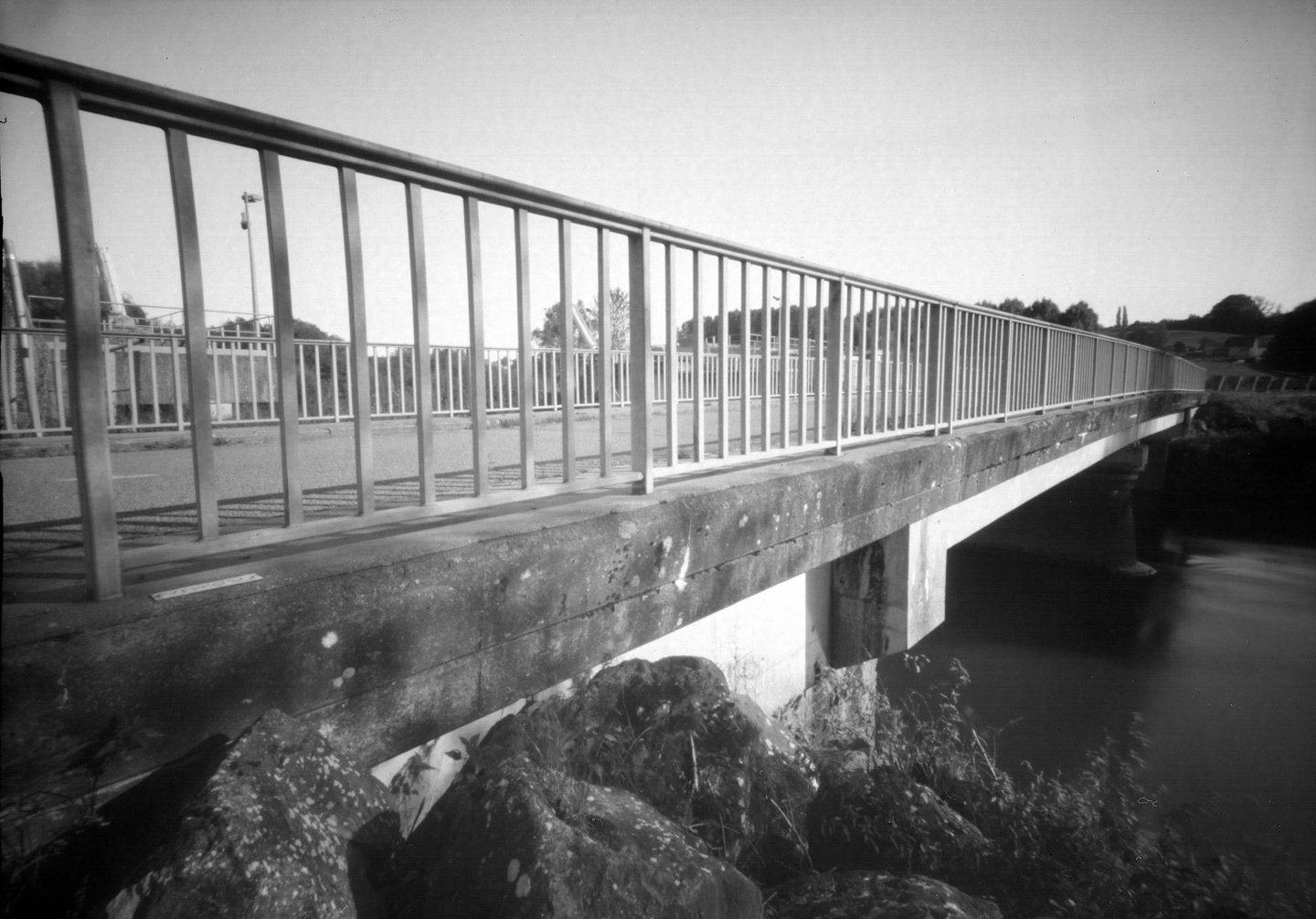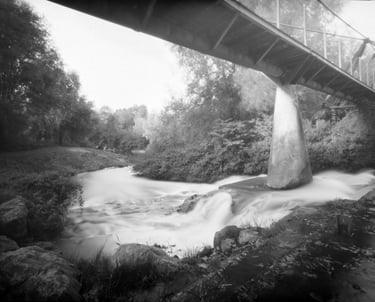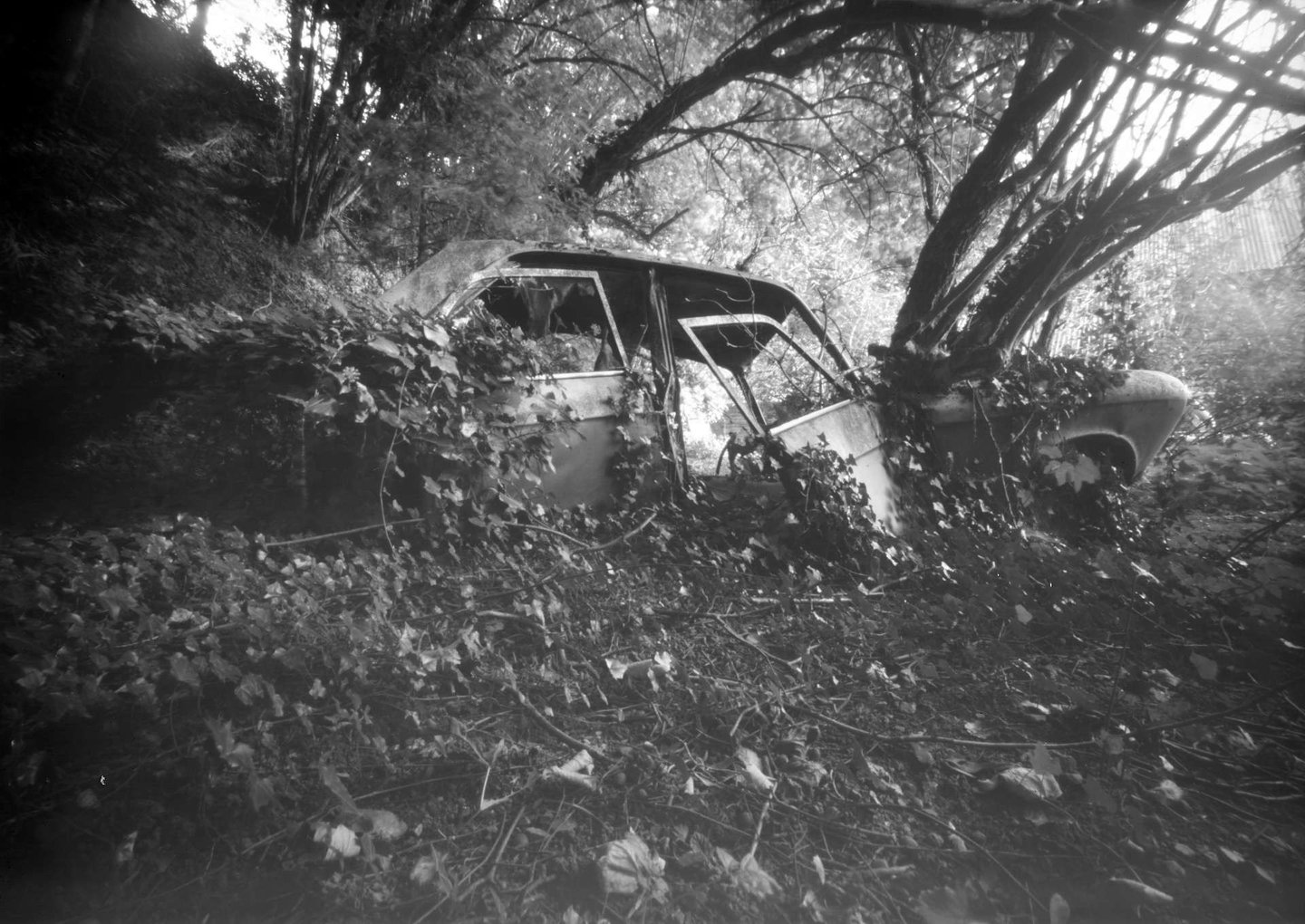Pinhole cameras
A pinhole is a camera without lens, the simplest of all cameras.
To add simplicity to simplicity, it can use photo paper instead of film and so gives large format at very low price. No GPS, no update, no battery, no hidden tag in photo, indestructible and easy to use, the relic deserves attention.
What Wikipedia says about it? Pinhole camera
Pros:
Simplicity: Any light proof container can become a pinhole. Film canister, can but also fridge, car, van or hangar, all these containers had been used as pinhole camera. This simplicity means pinhole camera can be used in any situation, or near. No battery so not sensible to cold weather, if made with waterproof material you'll can take photos under heavy rain without risking the life of your camera. Some pinhole cameras take photos of sun trajectory and stay outside for month or even a complete year, the "solargraphs".
Simplicity generally implies low cost. You dropped your camera in water? Damned! If it's your last 3000$ high-end camera it's pain in you a.. but if it's your last home-made 5$ pinhole camera, you'll sit easier ;-) Pollution side, your luxury camera isn't an Eden for biodiversity where a can with a bit of adhesive tape is much more neutral. If your pinhole camera is soaked, juste wipe it, reload and your camera is new and ready again. If it's your high-end camera... RIP.
A geometrically perfect photo. All lens will have geometric distortions mostly with wide angle lenses, exactly where pinhole camera excels. Pinhole camera has NO geometric distortion.
No focus. The photo is "sharp" (sort of) from a few centimeters from camera to infinity.
Cons:
A longer exposure time than a conventional camera. A very tiny hole lets in much less light than an optical lens and when I mean less it's really much less. Where your classical camera will tell you 1/500 of second may-be you'll need to expose while 30 seconds. More, if you use paper photo instead of film you can reach exposure time of hours depending of lighting. Not really suitable for sport photo.
Diminished sharpness. Since there is no lens, sharpness is relative to pinhole diameter. Therefore we talk about circle of confusion. The smaller the pinhole is, the sharper the photo appears. Until diffraction occurs. Happily physics is a good girl, there is not so much difference between a hole for 24x36 mm film and a hole for 24x30 cm. For 24x36 (mm) the diameter is 0.25 mm, for 24x30 cm it's 0.5 mm, only the double. That's why I only use formats larger than 12x18 cm. If you take a picture with a 24x36 mm, you'll have to enlarge it to 24x30 cm and enlarge lack of sharpness too, you'll get a very blur photo. At same distance the original 24x30 will be much sharper than the enlarged one. A 24x30 pinhole camera will be inevitably bulkier then a 24x36 (mm) but the result will be much much more sharp. One notable difference between the enlarged one and original, the latter will be negative. I'll be back on these "details" when I'll dive into my way to do, same as most of pinhole users, I didn't invent anything.






